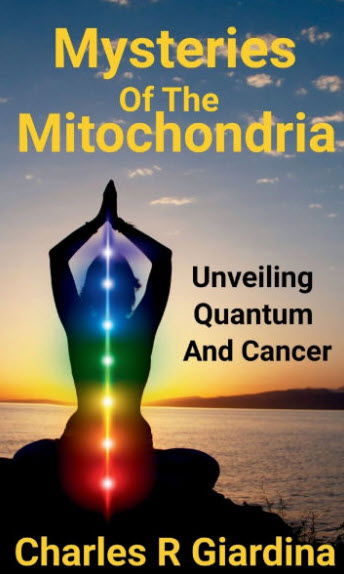| Theme | Description |
Mitochondria Structure & DNA Relationship | - Mitochondria are double-membraned organelles with an inner membrane folded into cristae, maximizing surface area for energy production.
- They contain their own circular DNA (mtDNA), inherited maternally, encoding 13 essential proteins for oxidative phosphorylation.
- This unique genome supports the endosymbiotic theory:
- mitochondria evolved from ancient bacteria engulfed by early eukaryotic cells.
|
Energy Production in Healthy Mitochondria | - Healthy mitochondria generate ~90% of cellular energy via oxidative phosphorylation, converting nutrients into ATP.
- Key processes:
- Electron Transport Chain (ETC): Transfers electrons to create a proton gradient.
- ATP Synthase: Uses this gradient to synthesize ATP.
- Mitochondria also regulate apoptosis, calcium signaling, and reactive oxygen species (ROS) balance.
|
Atomic Structure, Nanostructures & Quantum Tunneling | - Atoms consist of a nucleus (protons & neutrons) and orbiting electrons.
- Nanostructures (1–100 nm) exhibit quantum behaviors—used in drug delivery, biosensors, and cancer diagnostics.
- Quantum tunneling allows electrons to pass through barriers, enabling technologies like Scanning Tunneling Microscopy (STM) to manipulate atoms with picometer precision.
|
Cancer as a Metabolic Disease | - Dr. Seyfried’s Thesis:
- Dr. Thomas Seyfried argues cancer stems from mitochondrial dysfunction, not genetic mutations.
- Cancer cells rely on fermentation (glycolysis) even in oxygen-rich environments (Warburg effect).
- His protocol targets cancer’s metabolic inflexibility using:
- Ketogenic diets (low glucose, high ketones)
- Caloric restriction
- Occasional surgery post-tumor shrinkage
|
| Cancer Is Not Primarily Gene-Driven | - While mutations play a role, most cancers arise from somatic mutations triggered by environmental and metabolic stressors.
- Only 5–10% of cancers are inherited; the rest are driven by lifestyle, exposures, and metabolic dysfunction.
- This supports a multi-omics view: genome + exposome + metabolome.
|
| Ivermectin & Fenbendazole: Glutamine Inhibition | - Both drugs, traditionally antiparasitic, show promise in targeting glutamine metabolism—a key fuel for cancer cells.
- Ivermectin:
- Inhibits glutaminase (GLS), reducing glutamine-to-glutamate conversion.
- Disrupts mitochondrial respiration and induces apoptosis.
- Fenbendazole:
- Disrupts microtubules and glutamine uptake.
- Increases oxidative stress, making cancer cells more vulnerable.
|
